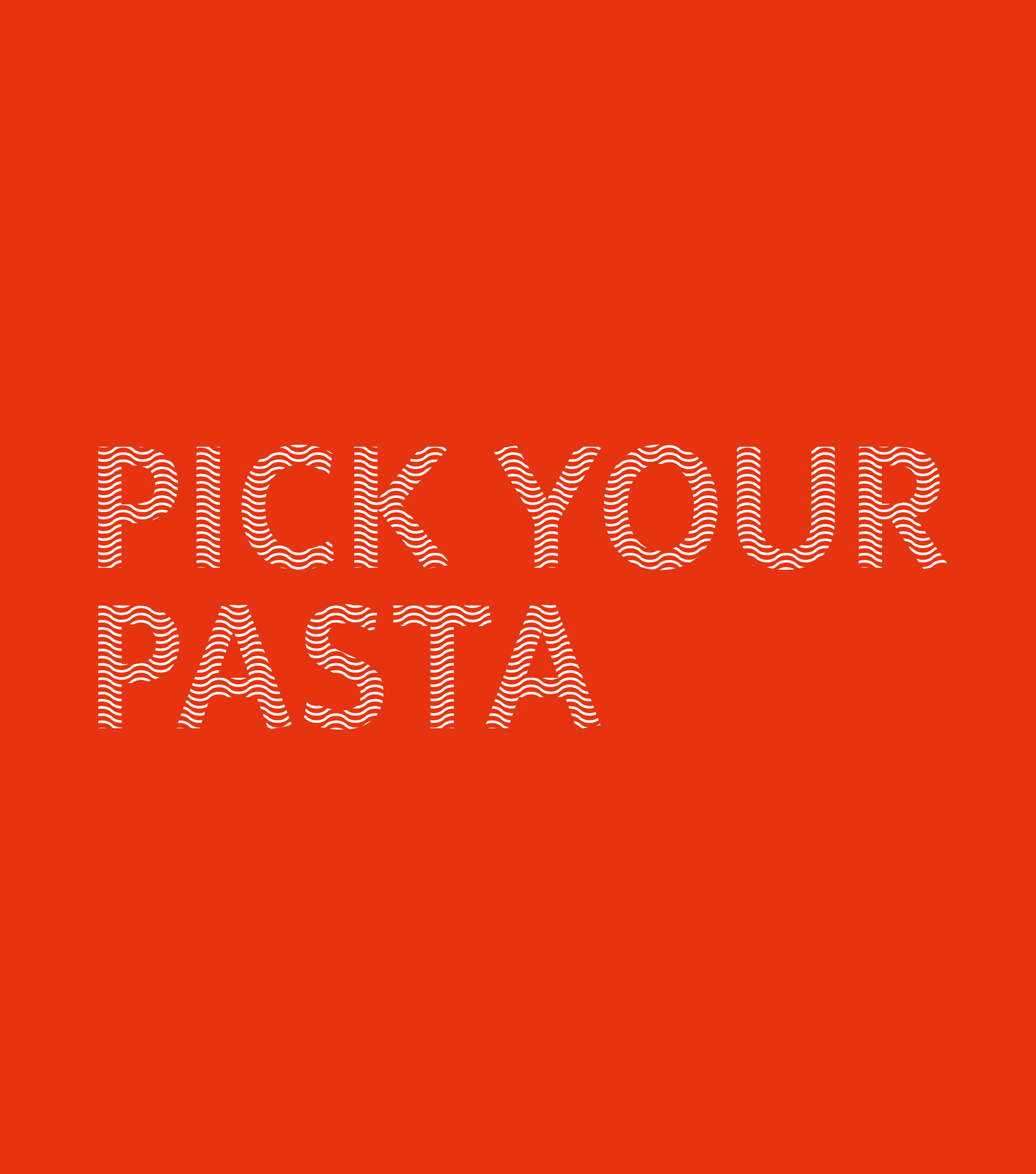

There are lasagnas that benefit from eggy, paper-thin Fresh Pasta Sheets (this page), but there are also times when you crave the slightly burnt, slightly crunchy edges of a classic, curly lasagna noodle from a box. And let’s face it: There are also times when you’re so hungry that you’re willing to use whatever type of noodle you see first on the grocery store shelf. Here are a few pasta options and things to keep in mind when using each.
DRY LASAGNA NOODLES
They’re available at every grocery store. They’re easy to use. They often have the trademark curly edges that hold on tightly to ragus and get brown and crunchy in the oven. Just follow the instructions on the package—generally you boil the noodles for 8 minutes, lay them out on a lightly greased baking sheet (or piece of plastic wrap) so they don’t all stick together, and you’re ready to assemble your lasagna. Chances are, a few will break or stick together, but each box usually has enough to account for some minor casualties.
An important thing to keep in mind is that the cooked noodles tend to keep absorbing moisture, even after the lasagna has come out of the oven, so if you’re using a thin sauce, the noodles can potentially get a little bit mushy. For that reason, boxed noodles are best for chunky, meaty sauces or lasagnas with fillings that err on the dry side.
NO-BOIL LASAGNA NOODLES
These are also available at many grocery stores and are generally labeled “no boil” or “oven ready.” Although some people flinch at the idea of “instant” ingredients, no-cook lasagna noodles are actually regular old noodles that have been precooked and then dehydrated. When you layer them with something saucy and put them in the oven, they’ll cook all the way through very easily.
On top of the convenience, no-cook noodles tend to be thinner than classic dry noodles, so you can get a little closer to the texture and thickness of fresh pasta without actually cranking any dough through the finest setting on your pasta machine. Since they only cook when they come in contact with sauce or liquid, you just have to be a little bit fastidious about covering every inch as you assemble your lasagna.
HOMEMADE FRESH PASTA
With all of these options a mere grocery store trip away, why would you make your own pasta from scratch? (Besides the obvious advantage of pretending to be an Italian grandmother—or grandfather—and kneading and rolling dough until it’s smooth and elastic while belting out amateur Puccini?)
From a practical standpoint, the great thing about making your own pasta dough is that you can make it as thin or thick as you want, and you only have to precook it for about a minute before layering it into the baking dish. The gentle, chewy bite and fresh, mildly eggy flavor are great in lasagnas like the Carbonara Lasagna on this page.
WONTON WRAPPERS
You heard us. Wonton wrappers, which are usually sold frozen or stacked near the refrigerated tofu section of most large grocery stores, are made from the same ingredients that most store-bought pastas are—that is, essentially, flour and water. They’re usually vegan, they don’t need to be cooked before using, and they keep their soft, paper-thin, slightly elastic structure even after baking. The one major pitfall of wonton wrappers is that they are coated with a layer of cornstarch to prevent them from sticking together. Starch absorbs moisture, so if you’re using wonton wrappers for layers, stick to saucy lasagnas that have liquid to spare (like the Classic Bolognese & Béchamel Lasagna on this page or the Classic Meat Sauce & Ricotta Lasagna on this page.